Four women driving innovation in cancer treatment
Lian Ni Lee (Infinitopes), Julie Mead (Myricx Bio), Catherine Pickering (iOnctura) and Annelise Soulier (Neobe Therapeutics) from our start-up portfolio share their experiences of building companies to develop new cancer treatments, and what we can do to get more women into life sciences leadership roles like theirs.
- 11 February 2025
- Lian Ni Lee, Julie Mead, Catherine Pickering and Annelise Soulier
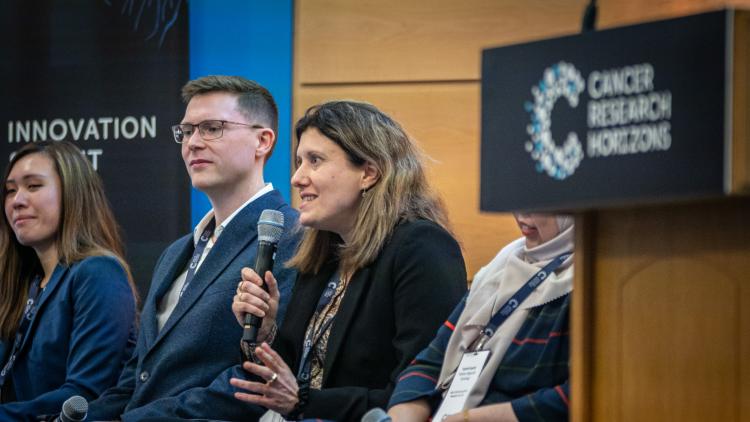
Developing cancer treatments and building a company are both monumentally challenging. Doing both at the same is even more so, requiring a diversity of perspectives at the most senior level to succeed. However, while the proportion of women working in the life sciences has been steadily increasing, they are still underrepresented in senior positions in the industry.
Four women from our portfolio of start-up companies share their journeys to their leadership roles, the challenges they’ve faced along the way, and what we can do to get more women into positions like theirs. Read more from Lian Ni Lee of Infinitopes, Julie Mead of Myricx Bio, Catherine Pickering of iOnctura, and Annelise Soulier of Neobe Therapeutics.
Lian Ni Lee
Co-founder and VP Preclinical, Infinitopes

Infinitopes makes cancer vaccines by identifying targets that are present on the surface of tumours but not on healthy cells. Because many of these tumour targets are shared across patients, Infinitopes can design vaccines for entire patient groups. |
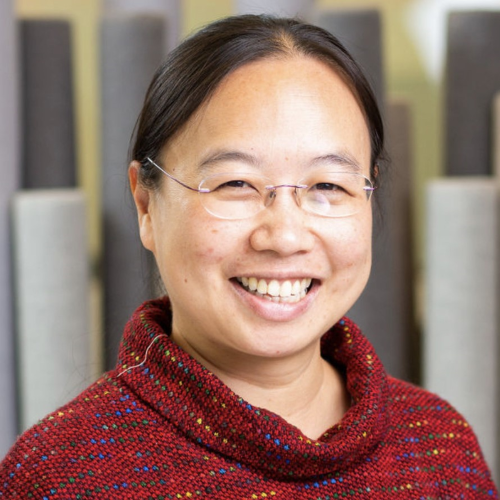
Taking the plunge
Serendipity played a big role in my journey towards co-founding Infinitopes. My background is in infectious diseases and immunology, and I was always attracted to the utility of translational research. I was fortunate to work with Professor Paul Klenerman at Oxford University, investigating features of effective T-cell responses against chronic viral infections.
Thanks to serial support from Cancer Research UK and the Emerson Collective, we used our findings to develop a vector platform capable of driving out unusually high-magnitude T-cell responses and explore if these could be applied in the cancer setting. To our pleasant surprise, the platform worked far better than we had imagined.
Serendipitously, Dr Jonathan Kwok, an oncologist with top-class experience in early-stage oncology clinical trials and investment banking, had joined us as a Cancer Research UK Clinical Research Fellow, and Dr Senthil Chinnakannan, a brilliant vector designer, was working in the same lab. After taking part in the Conception X, Panacea Stars and the Cancer Tech Accelerator programmes, we took the plunge and founded Infinitopes.
The accelerator programmes opened doors to investor networks, and we secured pre-seed funding from Kindred Capital and a group of investors. At this point, I decided to join Infinitopes full-time to properly focus on building the company, and it seemed natural for me to take on the role of preclinical lead given my scientific background, which complemented Senthil’s technical expertise and Jonathan’s flair for company building.
A massive learning curve
We are a company driven by science, but there are a lot of other moving parts, such as operations, regulatory affairs, and investor outreach, which are also critical. Coming to grips with how they all come together has been a massive learning curve for me, but I’ve been able to draw on the wealth of experience across the Infinitopes team.
Communication is still one of the biggest areas that I am constantly improving. The way language is used in an academic setting is very different to how one would communicate to the wider industry and investors. I have put a lot of work into making sure I communicate ideas so that everyone is on the same page.
I have been pushed and responded to these challenges in ways I could not have imagined – when embarking on something like this, it really helps to have a growth mindset.
Top scientists and entrepreneurs don’t have to look a certain way.
It all goes back to culture
Looking back, I was fortunate to have been mentored by several senior women scientists. Their experiences really managed my expectations and normalised the idea that I could have a successful career and a good work–life balance.
It all goes back to culture, as we continue to normalise the idea that top scientists and entrepreneurs don’t have to look a certain way. For example, the harassed-looking mother dropping off her kids at the school gate is also the founder of a machine-learning AI start-up. I hope that this scenario will become so commonplace to the extent that setting aside a day to celebrate women and girls in science will become unnecessary!
To facilitate this, universities and organisations should actively promote mentorship programmes and create platforms for women to share success stories, helping normalise diverse career paths in science.
I asked my junior team members what they thought, and these were some of the suggestions. To truly foster inclusivity, we must amplify the visibility of women role models in science and entrepreneurship while actively addressing implicit bias in hiring, promotions, and funding decisions. Establishing platforms for women to connect, collaborate, and share their achievements can help normalise diverse leadership. At the same time, increasing transparency in funding initiatives and celebrating women-led innovations through media can challenge stereotypes and inspire the next generation. Investors also play a critical role – unconscious bias often disadvantages women founders, highlighting the urgent need for more women in venture capital and leadership roles with a focused goal to support women-led innovation.
Julie Mead
COO, Myricx Bio

Myricx Bio is harnessing the unique biology of the N-myristoyltransferase enzyme (NMT) to develop novel antibody drug conjugate therapies for cancer patients, including those patient populations who have relapsed or are refractory to other available treatments. |
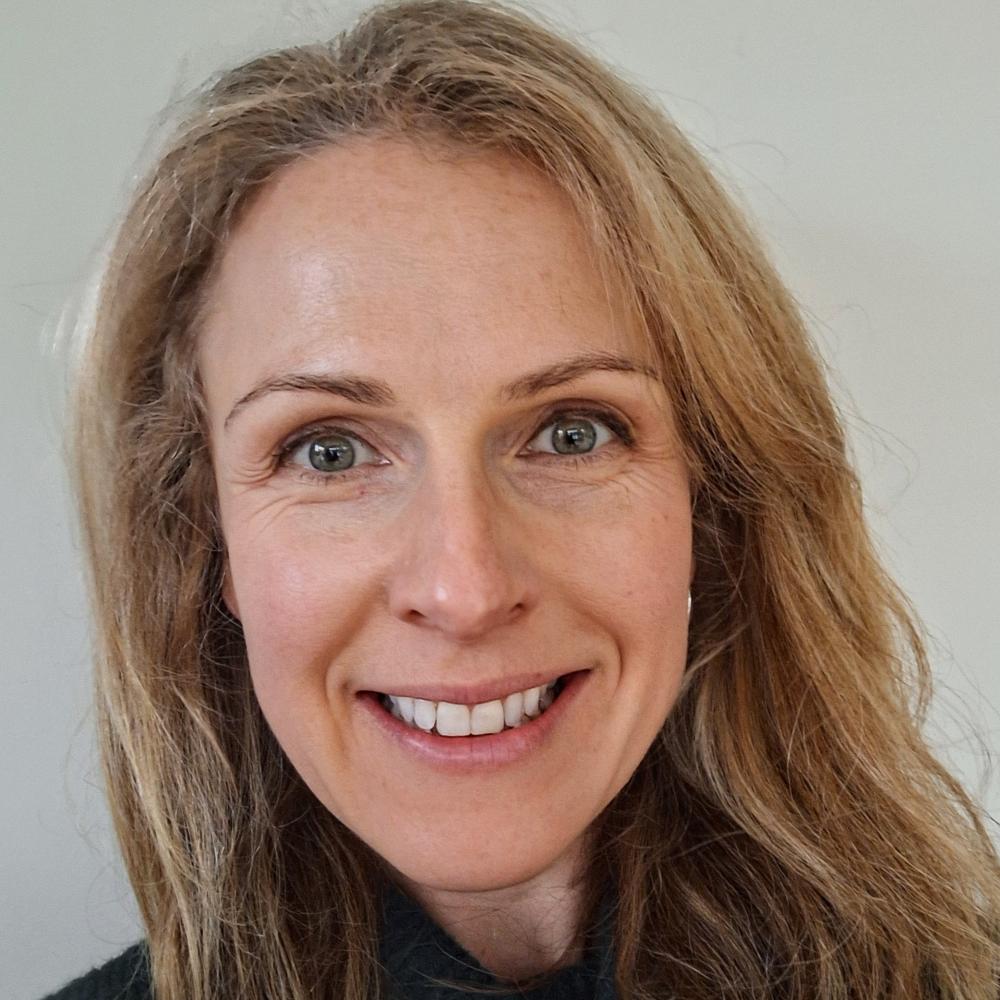
A non-linear route
My career path has been non-linear, but I think that a breadth of experience has been a strength in my current role as COO of a rapidly growing biotech. I originally studied biochemistry and have always been fascinated by technology with potential to transform patients’ lives. I was also interested in the business side – why some companies were successful and others were not, even when they appeared to have great science.
I joined a US investment bank straight out of university and learned how to analyse companies from an investment perspective, of course looking into the fundamental science, but also factoring in corporate operations, commercial landscapes, investor sentiment and broader industry and equity market dynamics.
I took some career diversions, spending some time learning the art of business development in the commodities sector and science communication in TV production, but I’d spent most of my career analysing investment in the biotech and pharma industry. I had reached a point where I wanted to apply all I had learned within a company where I could have real impact. Myricx, during its Series A fundraise, gave me an opportunity to apply all of these skills in an industry I feel passionate about.
You rarely end up where you expect
One of the biggest challenges I’ve faced was dealing with the uncertainty around the fundraise itself. The funding environment was challenging and, despite having great confidence in the science and its potential to deliver a meaningful benefit to patients, we still had to persuade investors that this, out of all the opportunities in the sector, was one thing they had to back.
Biotech is very dynamic and there’s always a lot to do. You need to remain clear on where you and the company are heading, while being open to new inputs and agile enough to respond to them. The ability to adapt is so important for growing businesses, in any sector, and is a quality that really benefits from a diversity of experiences and viewpoints in the team.
Myricx is an excellent example of this – the founders started out developing small molecule therapies for respiratory viruses! Where you end up is rarely where you expected when you first started out.
I want to play my part in bringing more women into leadership positions in biotech.
You have to see it to be it
I am a strong believer of the phrase, “if you can’t see it, you can’t be it”, so opportunities like International Day of Women and Girls in Science to showcase the journeys of women in biotech are really important.
I am encouraged by some of the work being championed within the venture capital community, with specific support directed towards female founders and female fund managers. It is widely accepted now that having women in senior positions, whether making strategic, operational or investment decisions, improves the quality of those decisions.
As I look around, I see more successful female leaders than I did at the start of my career. We need to ensure we build on this momentum. I want to play my part in bringing more women into leadership positions in biotech: not only is it a fascinating industry to work in, full of brilliant people, but as corporate missions go, getting life-changing therapies to patients is about as motivating as it gets.
Catherine Pickering
Co-founder and CEO, iOnctura

iOnctura is a clinical-stage biopharmaceutical company combating neglected and hard-to-treat cancers with precision oral small molecules that target cancers in novel ways. Two therapeutic candidates have progressed into mid-stage clinical development: roginolisib is the first allosteric modulator of PI3Kδ and cambritaxestat is the only autotaxin inhibitor in clinical development to treat cancer. |
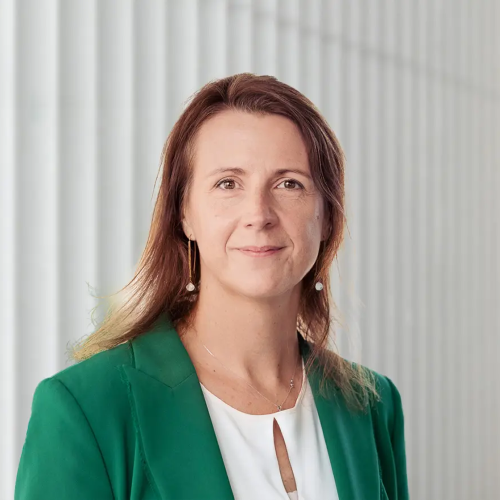
I saw an opportunity that others didn’t
I started my career with a degree in biomedical sciences from the University of East Anglia in the UK. I then went on to complete my MBA and PhD at the Institute of Cancer Research in drug development. I knew that I wanted to join the biotech and pharmaceutical industry at this point and moved to a small biotech company in London. Here I spent three or four years learning the fundamentals of the biotech industry, which suited my personality and ever-present curiosity, more than academic research.
Then I moved to Germany to work for Merck KGaA and headed up the licensing and business development team. Working in a new country, as a woman, and with a different home language, I had to learn different techniques to get my ideas heard and my deals done. That was a sharp learning curve. While there, I saw an opportunity that others didn’t: to develop a small molecule targeting a well-known cancer pathway, a master switch of cancer. This pathway, called the PI3K pathway, had been largely researched and discarded. But I still believed it had potential, and I had identified a highly specific, differentiated, next-generation molecule. So, with a huge amount of courage and commitment, I co-founded iOnctura in 2017.
A master switch of cancer
The largest challenge we have had to overcome is to reinvigorate interest in the PI3Kd oncology pathway. The PI3K pathway is a master switch of cancer but first-generation inhibitors of it were associated with a plethora of side effects and poor long-term safety. This means that they have largely been withdrawn from the market. We are developing a next-generation, highly selective inhibitor of just PI3Kd.
It is really exciting – it has a differentiated clinical profile not seen before with this class of drugs. We have been incredibly encouraged by the clinical activity we have seen in early phase trials, including in a disease called uveal melanoma, a rare cancer of the eye with limited treatment options. The market is slowly heating up to the idea of targeting PI3K again; you only have to look at the interest and investment in PI3Ka to see that (Lilly acquired Scorpion’s PI3Ka inhibitor in January 2025). Educating on how and why our PI3Kd inhibitor is different is an ongoing process that we will continue to focus on this year.
We need to focus on the skills that individuals bring to the sector and build a healthy, diverse industry.
Champion talent, not gender
I am part of several organisations and networking groups that are female driven and set up to champion and empower women. These networks are great at promoting inclusive and supportive environments within the industry. We are finding that membership of these organisations is on the increase, which points to the swell of women in STEM careers. One example in my industry is the Healthcare Businesswomen’s Association, which brings together women in healthcare from across the globe.
However, for me, it is important to be involved in gender-agnostic organisations too. Organisations that champion talent, not gender. We need to focus on the skills that individuals bring to the sector and build a healthy, diverse industry. I am delighted that iOnctura’s board champions diversity and puts emphasis on strong personality traits. This has empowered me.
Annelise Soulier
Co-founder and CSO, Neobe Therapeutics

Neobe Therapeutics bridges two scientific worlds: immuno-oncology and bacterial engineering. By combining them, Neobe is developing an innovative live bacterial delivery vector to enable immunotherapy responses in solid tumours. |
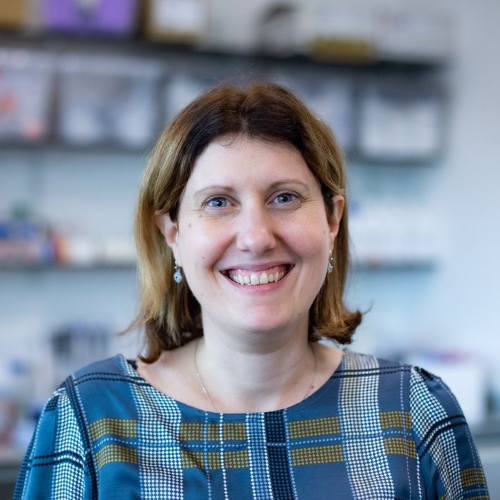
I thought it was spam
I worked at Prokarium for seven years as a principal scientist, where I saw the company grow from four to 20 employees and developed an oral vaccine against enteric fever, which was paramount in securing additional funding.
When I started considering my next challenge, I received a message from a recruiter who knew that Deep Science Ventures (DSV) was looking for a co-founder. It simply said, “If you want to boost your career, I have an amazing opportunity for you: a co-founder position to build an immune-oncology company.” At first, I thought it was spam. However, after looking into the DSV approach to building start-ups, I found the idea of providing scientists with the opportunity to develop new technology in response to identified medical needs to be refreshing.
I joined DSV in December 2020 to co-found Neobe Therapeutics with Pedro Correa de Sampaio. Confident of my first-hand bacterial engineering experience in a start-up environment, I was convinced that using bacteria as delivery vector was an innovative therapeutic to treat cancer patients with immune-excluded tumours.
As a microbiologist, I first designed the technology and the scientific strategy to engineer and select prototypes for the proof-of-concept validation and IP filling. I am now building the regulatory pathway and manufacturing pipeline for a future clinical trial, which is a fundamental cornerstone of any successful therapeutic company.
Independence in decision-making
DSV's approach to building start-ups provides founders with a significant degree of independence in decision-making, and the IP generated belongs to the company. It also offered substantial support for the launch of Neobe. However, we faced initial challenges in building prototypes and generating data to validate our proof of concept, which required access to both funding and laboratories.
Fortunately, we received non-dilutive public funding from Innovate UK and the European Research Council, as well as support from the Babraham accelerator and the Stevenage Bioscience Catalyst ecosystem. This assistance was crucial for developing Neobe’s prototypes and validating the proof of concept in vivo, which ultimately helped us attract private funding and supported the company’s growth.
We need to encourage and reassure women and girls that science and entrepreneurship are also for them.
Where there’s a will, there’s a way
As a little girl, I dreamed of having a family and an interesting job. At 16, I discovered microbiology and realised I wanted to work in a research laboratory. But I never considered a PhD to be a possibility for me; it was never mentioned. I did a degree in biology, but I regularly received misogynistic comments that undermined my self-confidence. I would likely be working as a lab technician today if I hadn’t crossed the Channel to improve my English and met the inspiring lecturers at the University of Edinburgh, who opened the door to a new path for me.
Access to information is crucial, and we need to encourage and reassure women and girls that science and entrepreneurship are also for them. We need to emphasise that they don’t have to choose between a family and a career. While it is challenging, women have always had to demonstrate their worth, and the hurdles faced 50 years ago were even greater. My mum used to tell me: “Quand on veut, on peut” – where there is a will, there is a way. Thanks to our grandmothers and mothers for paving the path, I believe it is our responsibility now to open it further for the next generation.
Three years ago, I was talking to my niece, who was studying biology at university. I told her, “You are smart, and you need to pursue a PhD if you want to be at the top. Your generation of women will not only strive to balance family life with a good job but will also become leaders.” She is currently pursuing her PhD, and I wish her every success.
Find out how we can help you make an impact
We'll support you in securing investment for your promising innovation.



